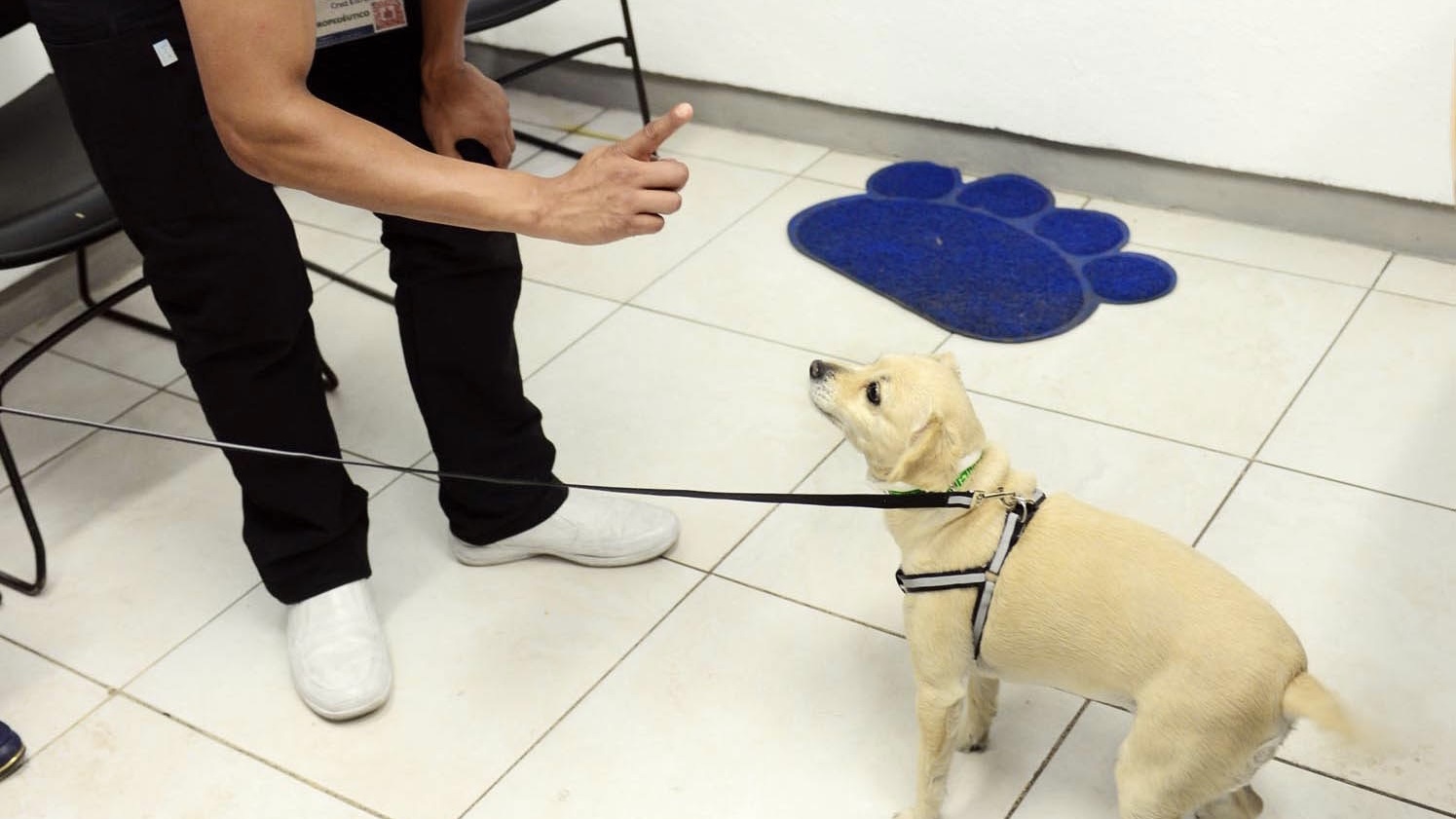Evaluation of the syndromic characterization and diagnostic criteria of the concept of anxiety in animal ethology professionals
Main Article Content
Abstract
There is a wide range of reported signs for anxious patients in veterinary medicine but specific diagnostic criteria to characterize them is lacking. The objective of this study was to determine the variability in the concepts of anxiety and the criteria used to diagnose anxiety disorders in veterinary medicine. A questionnaire was developed to obtain information through direct responses from 31 professionals in the exercise of clinical ethology with questions based on the subject of canine anxiety (definition, manifestations, and diagnosis). An analysis was performed using contingency tables. Seventy-three percent (73%, n=22) of respondents agreed on one definition. The signs most frequently considered in the diagnosis of this disorder were increased vigilance (90.3%, n=28), increased motor activity (87%, n=27), panting, and altered heart rate (bradycardia/tachycardia) (77.4%, n=24). From these results, homogeneity is observed in the concept of anxiety, but with evidence of diagnostic heterogeneity, which can be related to the wide repertoire of signs that are considered in the questionnaire and are present in dogs, as well as the lack of diagnostic criteria and/or tests that can objectively evaluate each patient in order to obtain more uniform and reliable results.
Downloads
Article Details
Authors will be the copyright proprietor of their own work although they have accepted to use a creative common license, specifically CC-Attribution-NonComercial-ShareAlike_4.0

